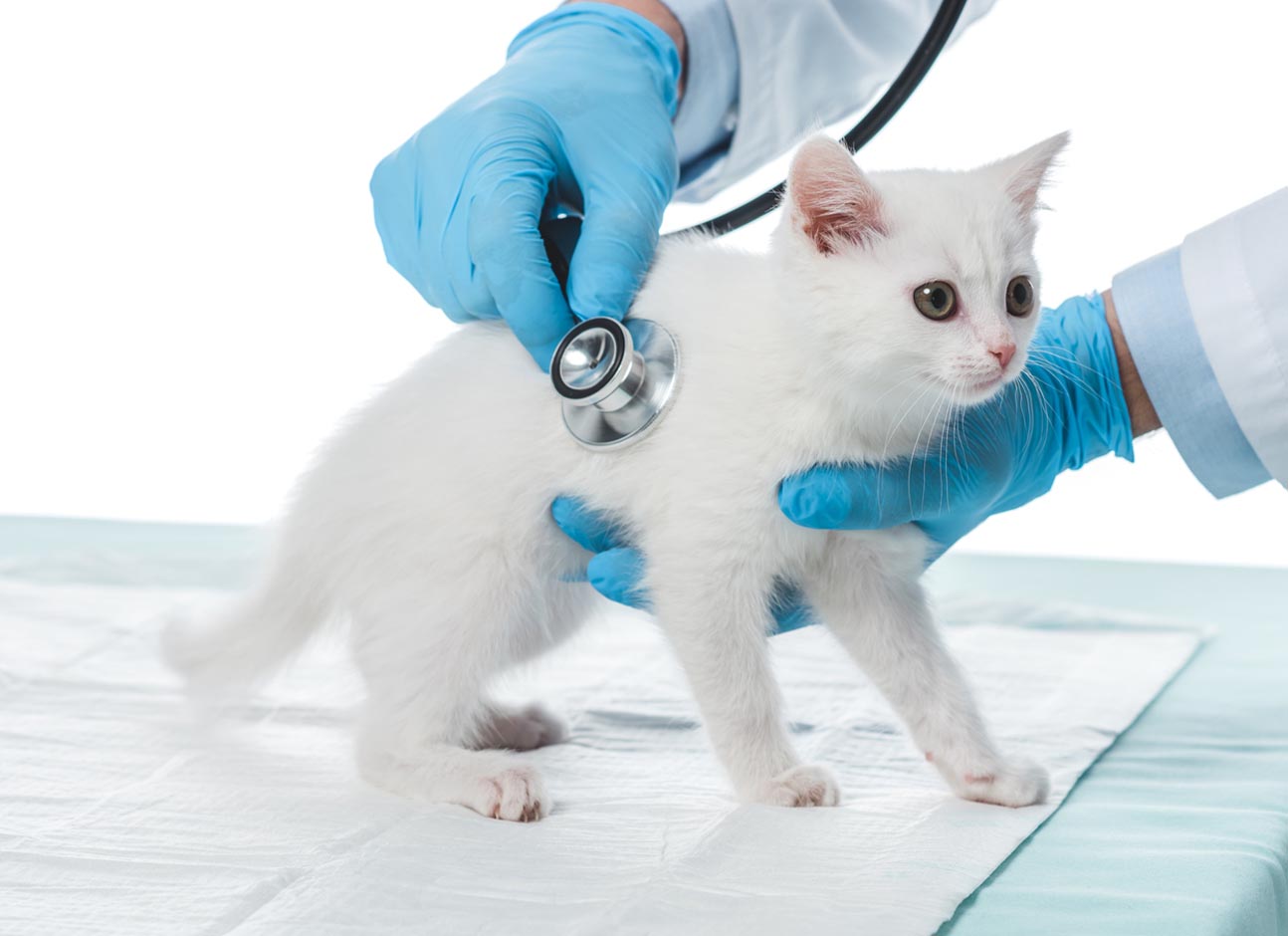Toxoplasmosis is a common infectious disease caused by a parasite that can penetrate the placenta of pregnant cats, leading to severe congenital abnormalities in offspring, miscarriages, or stillbirths. Cats are often the final hosts for these parasites, which reproduce exclusively in their intestines. Infection occurs through the consumption of contaminated food, raw meat, or infected rodents. Toxoplasmosis cysts are contagious for both animals and humans, leading many cat lovers to avoid keeping cats for fear of infecting other pets or family members.
How Toxoplasmosis Develops
Toxoplasma reproduction occurs intracellularly within the host’s body, forming a focus of destruction. The immune system’s response halts reproduction, resulting in the formation of an intracellular cyst containing Toxoplasma. The pathogen’s development is limited, and in many cases, Toxoplasma remains within the intracellular cyst without causing harm throughout the pet’s lifetime. Secondary infections in cats do not form cysts in the intestine but rather in hematopoietic organs and internal organs, where they are quickly blocked within cells.
First-time infections in healthy animals usually produce minimal symptoms, while subsequent infections are often asymptomatic. Symptoms may only appear if the immune system fails to respond or responds too slowly. Toxoplasmosis symptoms are nonspecific and can be confused with those of other diseases.
Symptoms of Toxoplasmosis in Cats
Enlarged lymph nodes are the primary symptom in healthy cats. After an incubation period of 16-18 days, the disease can progress into latent, subacute, or acute forms.
Manifestations of toxoplasmosis in cats:
Latent form: Symptoms are minimal or absent. Temporary diarrhea, short-term loss of appetite, red eyes, and minimal nasal discharge may occur before the disease becomes chronic.
Subacute form: Fever, red eyes with purulent discharge, and frequent sneezing and coughing may occur.
Acute form: Symptoms are more severe, potentially including shortness of breath, muscle tremors, excessive salivation, coordination problems, convulsions, and paralysis.
Cats with acute or subacute forms of the disease pose a risk of infection to humans. However, it is a misconception that the latent form is the most dangerous to humans. In such cases, the pathogen is isolated within cysts inside cells and is not excreted. Consequently, the chronic form is not contagious to humans. Still, re-infection from other cats or infected raw meat can make a cat infectious to humans for a brief period. Infections from pets to humans are rare, with no recorded cases of veterinarians contracting the disease from infected animals. Most often, both pets and humans become infected through consuming undercooked or contaminated meat, or through contact with cysts in dust or soil.
How to Diagnose Toxoplasmosis
Early diagnosis is challenging, as fecal samples will not contain toxoplasmosis cysts. Blood tests are required to detect antibodies against the parasite. Once the disease begins to subside, stool tests can reveal the presence of the pathogen’s cysts. If you notice any symptoms, consult your veterinarian for examination and diagnostic recommendations.
How to Treat Toxoplasmosis
The primary goal of treatment is to halt the separation of parasites, often achieved using the drug Toltrazuril. Other medications may be used to address inflammation and other symptoms. Proper treatment typically alleviates clinical symptoms within 2-3 days, although neurological symptoms may take longer to resolve.
How to Implement Prophylaxis
The foundation of prevention for cats includes:
- Cleaning the pet’s litter box daily;
- Avoiding feeding raw meat;
- Preventing contact with stray animals;
- Discouraging the hunting of rats and birds.
Additionally, it is recommended to periodically disinfect the area where the cat resides and to conduct specialized diagnostic tests annually.
